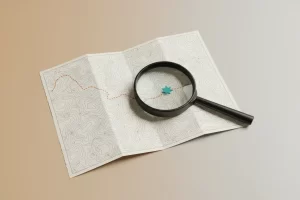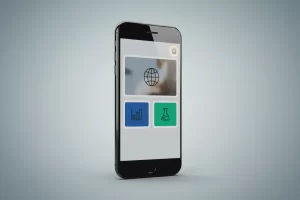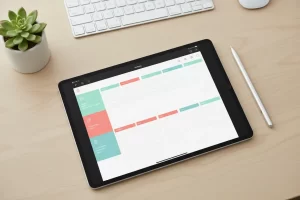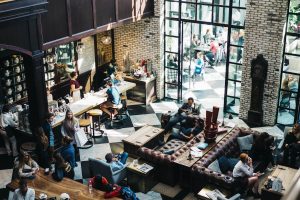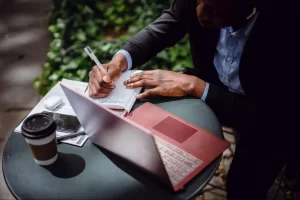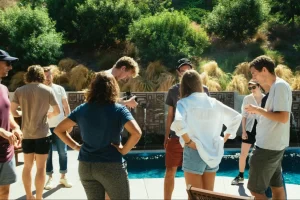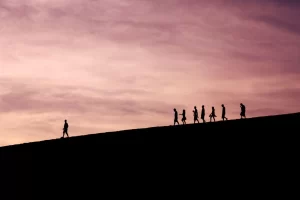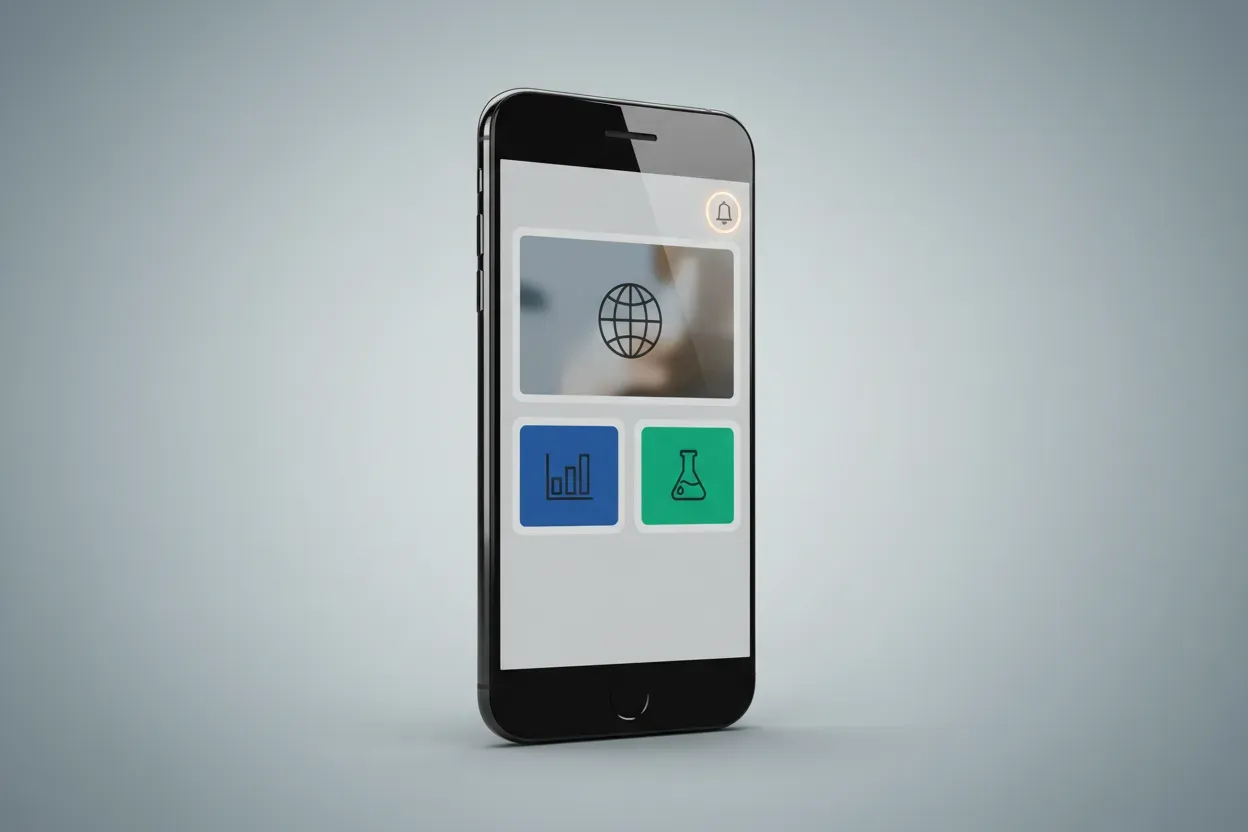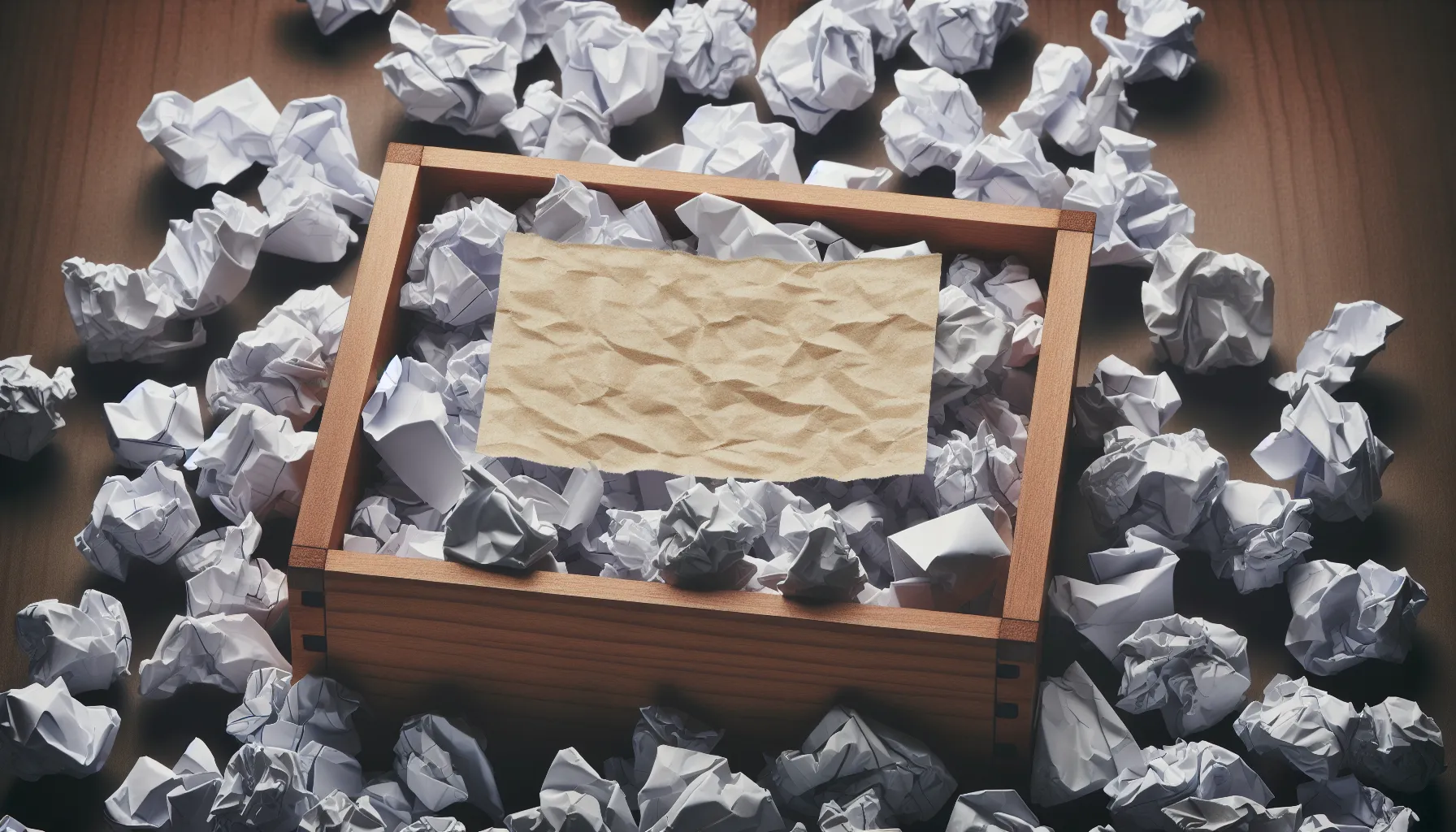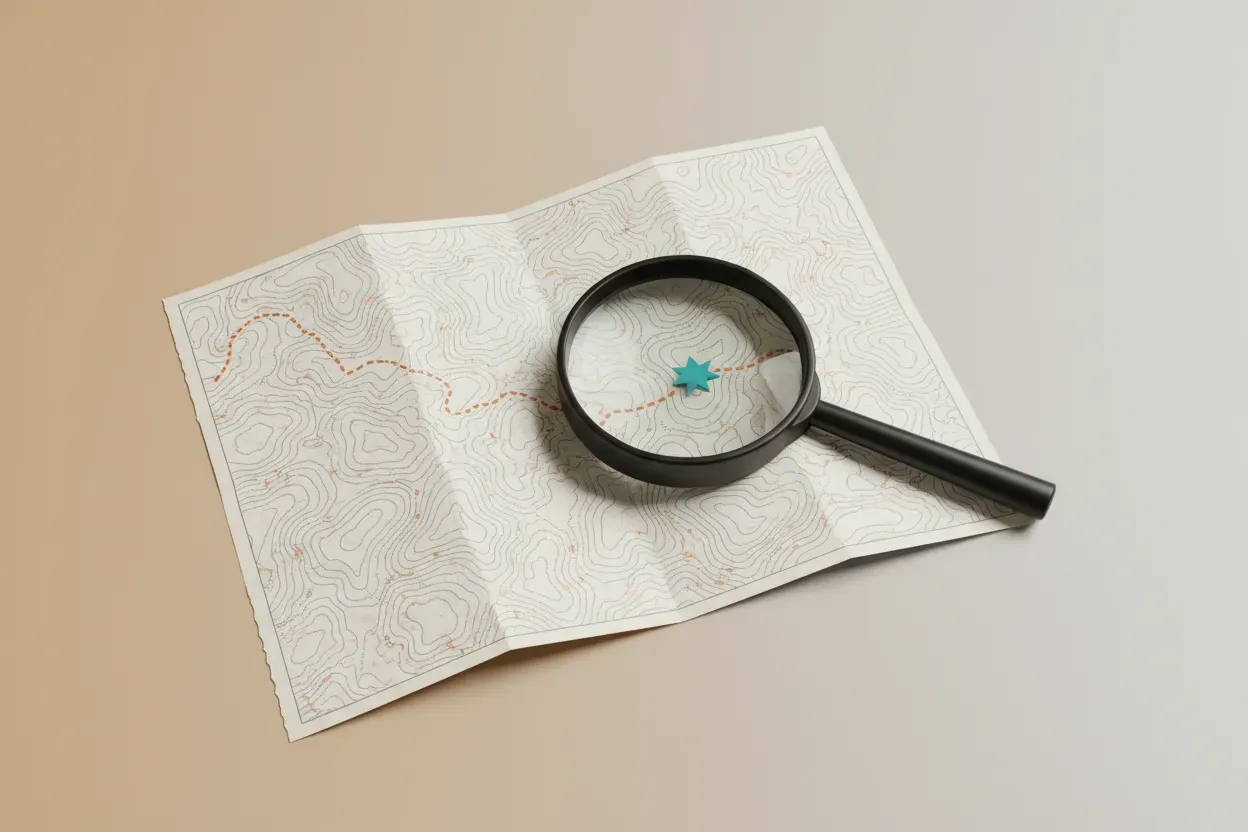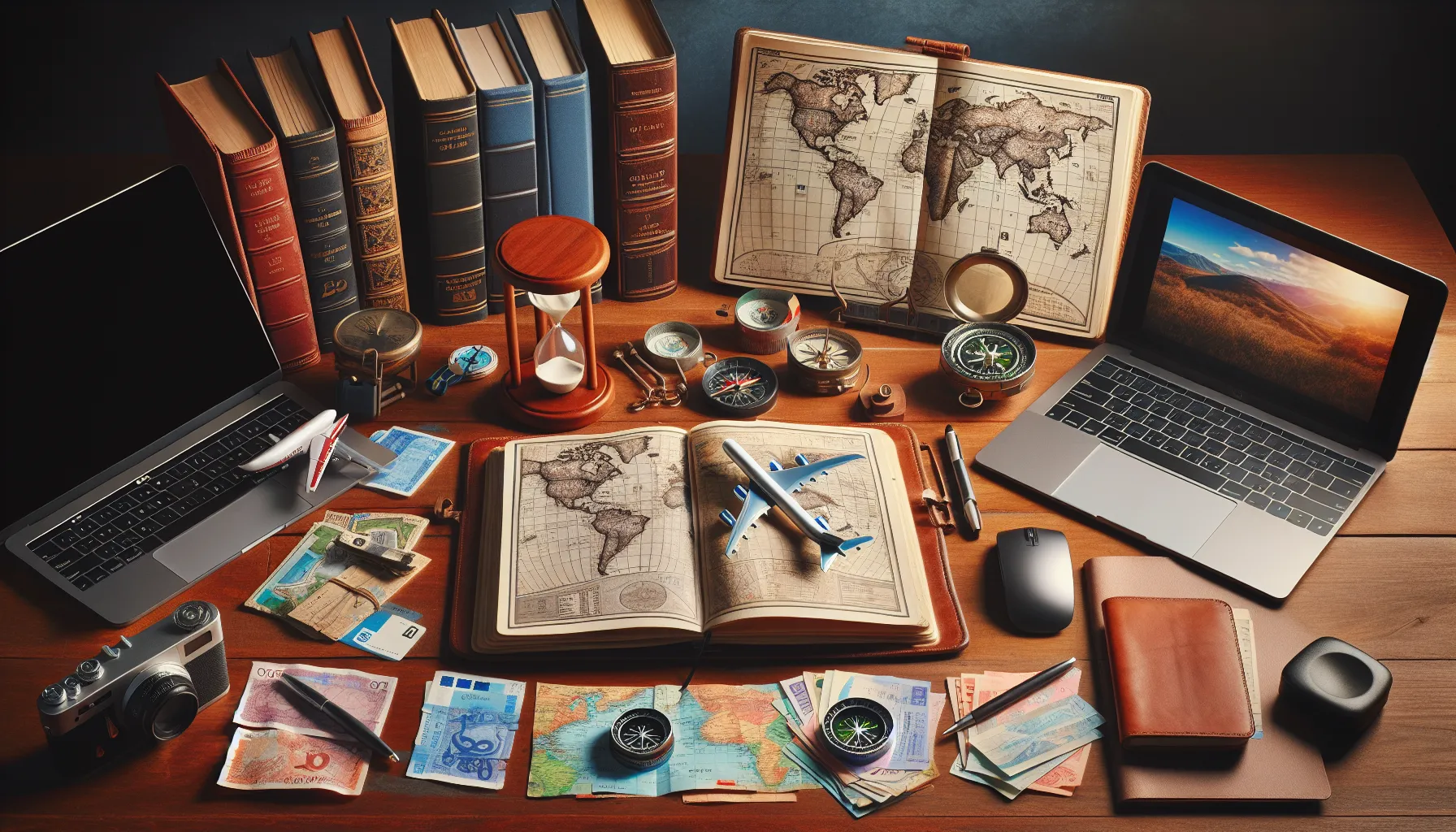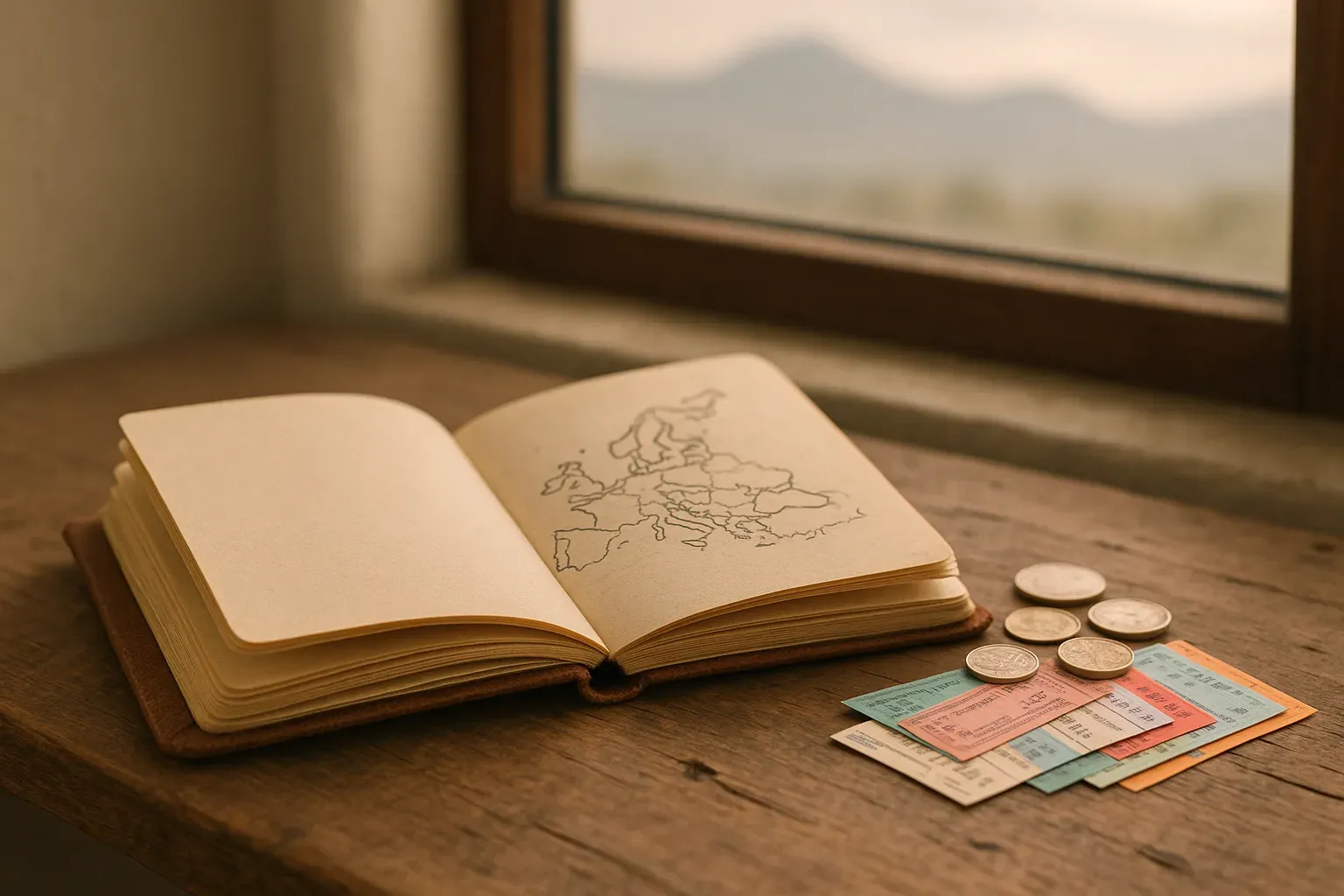18 Time-Saving Travel Planning Tips from Experts
Discover a wealth of time-saving travel planning tips gathered from seasoned experts in the field. This article presents practical strategies to streamline your trip preparations and enhance your travel experiences. Learn how to balance efficient planning with the flexibility needed for memorable adventures.
- Create Digital Travel Folders
- Balance Planning with Flexibility
- Leverage Travel Blogs and Forums
- Develop a Detailed Trip Spreadsheet
- Use Pattern-Based Planning for Efficiency
- Design Your Perfect Day First
- Prioritize Weather-First Planning
- Group Activities by Location
- Combine Purpose-Driven and Flexible Planning
- Utilize Internal Content and Tagging
- Tap Into Community Knowledge
- Structure Essentials, Allow Serendipity
- Plan Around Fixed Anchor Points
- Prioritize Local Connections Early
- Connect with Local Educators
- Combine Fitness Goals with Trip Planning
- Build Relationships with Local Venues
- Use AI and Custom Travel Services
Create Digital Travel Folders
I usually dedicate a lot of time to reading forums or blogs to get a better idea of where I want to go based on real experiences posted by fellow travelers: food recommendations, local transportation, accommodations, and places to visit that may be different from what is popular on mainstream channels.
Aside from researching from different sources, another tip I would swear by is creating a digital “Travel” folder for information such as my flight details, accommodation reservations, WiFi hotspots, and restaurant recommendations, so I can easily access these details when the need arises. It also helps me see what else I can change about my itinerary.
Finally, I make it a point to check whether my trip falls on the same dates as any local holidays or events so that I am more prepared for what I may be able to experience during my visit. Organizing in this manner makes trips run smoothly and enjoyably, whether I’m working or simply making memories.
 Mimi Nguyen
Mimi Nguyen
Founder, Cafely
Balance Planning with Flexibility
My personal experience has shown that a good way of planning a trip is to create a brief, flexible schedule that focuses on experience-based goals, not rigid schedules. Instead of booking all the activities in advance, I research local attractions and choose several must-see places, leaving a significant amount of time for unplanned activities or rest. This approach relieves stress and allows changes according to weather or personal preference. To supplement my research, I refer to large travel forums and local bloggers, thus including the recommendations of people who have been there recently. This plan, which combines careful planning with an attitude of adaptability, simply makes the journey easier without getting in the way of fun.
 Saneem Ahearn
Saneem Ahearn
VP of Marketing, Colorescience
Leverage Travel Blogs and Forums
One of my most effective strategies for planning trips is using travel blogs and niche forums to uncover real, firsthand experiences that guide my decisions better than generic travel sites. I usually start by searching for detailed blog posts from travelers who’ve already visited the destination—especially those that match my travel style (like budget travel or solo trips). These posts often include hidden gems, honest reviews, and local tips you won’t find on mainstream platforms.
Then, I head to forums like Reddit’s r/travel or destination-specific threads. Here, I look for updated information on transportation, seasonal advice, and even food recommendations shared by locals or frequent travelers. This combination gives me both inspiration and practical planning help.
Time-saving tip: Instead of building an itinerary from scratch, I bookmark a few blog itineraries that match my trip duration and adapt them with personal tweaks. This shortcut saves hours and ensures I’m not missing out on must-see spots others have vetted.
 Sanjay Prajapat
Sanjay Prajapat
Tech Content Writer, igmGuru
Develop a Detailed Trip Spreadsheet
Because most of my vacations are road trips with multiple sleepover locations spread over 7 to 14 days, I always start by creating a master spreadsheet in Excel or Google Spreadsheets. The spreadsheet outlines each day of the trip, including the overnight destination for that day. I add a column for the expected travel time (in hours) from one location to the next for each day. I also include a column for the estimated available time to explore. Finally, I prepare a column listing all potential places to visit, such as museums and parks.
Once I have these columns set up, I start researching prospective things to do using TripAdvisor. I closely study the reviews to better understand how others perceive each attraction. I use that information to decide whether to include a particular museum, park, or other must-see sight in my spreadsheet. If I want to visit it, I add the relevant details to my spreadsheet, such as open/close hours, admission fees, and so forth.
This entire process greatly simplifies planning a trip, especially when traveling long distances over multiple days. It also enables my family to visualize what the trip will look like and to make suggestions for what we should or should not see, given the available time for a particular day.
 Luke Enno
Luke Enno
Content Writer, Art Unlimited
Use Pattern-Based Planning for Efficiency
As someone who approaches everything with OCD-like attention to detail, I’ve developed a “pattern-based planning” method that saves me hours of research. Just as following a crochet pattern prevents mistakes and wasted yarn, I create detailed templates for different trip types that I can reuse and modify.
My breakthrough came when planning my first crochet workshop visits. Instead of researching each location from scratch, I built a simple checklist covering essentials like parking, public transport, nearby craft stores, and lunch spots. This 10-minute template now gets copied for every new destination, and I just fill in the blanks.
The real game-changer is batching similar research tasks together, exactly like how I practice crochet stitches in focused 15-30 minute sessions rather than randomly throughout the day. I spend one focused hour researching all accommodations, then another hour on activities, rather than jumping between topics. This prevents decision fatigue and those endless browser tabs that lead nowhere.
I track what information actually mattered during past trips versus what I wasted time researching. It turns out, knowing the exact restaurant menu beforehand never helped, but checking if places accept walk-ins versus reservations saved me from multiple disappointments.
 Sonji Huerta
Sonji Huerta
Founder, Crochet Craze
Design Your Perfect Day First
My most effective trip-planning strategy is to design a “perfect day” first—one that captures the vibe I want, whether it’s hiking, eating, or working from a quiet café. Then I build the rest of the trip around that anchor, instead of chasing every must-see list. This trick cuts research time and prevents itinerary overload.
It’s saved me countless hours and helped me come back actually rested, not just checked in everywhere.
 Eugene Leow Zhao Wei
Eugene Leow Zhao Wei
Director, Marketing Agency Singapore
Prioritize Weather-First Planning
As someone who has run Sydney by Kayak for years and planned thousands of harbor tours, my most effective strategy is what I call “weather-first planning.” I learned this the hard way after too many early mornings checking conditions at 3:15 a.m. before sunrise tours.
I always start trip planning by identifying the weather windows that matter most, then build everything else around those. For our kayak tours, I track tide charts and wind patterns first, then schedule our mobile setup locations accordingly. This saves me from the nightmare of having kayaks ready but unsafe conditions.
The real time-saver is creating location-specific contingency plans ahead of time. Since we’re a mobile business without a fixed shop, I’ve mapped out backup launch sites for different weather scenarios around Sydney Harbour. When conditions change, I already know exactly where to redirect our van and which route keeps paddlers safe.
I batch all the boring logistics research into one focused session rather than doing it piecemeal. Things like parking availability at Lavender Bay, ferry schedules that affect our harbor access, and coffee supplier backup options. This prevents those last-minute scrambles that waste hours and stress everyone out.
 Laura Stone
Laura Stone
Director and Head Kayak Instructor, Sydney by Kayak
Group Activities by Location
When I plan a trip, I plan out my days by location. I am the kind of traveler who likes to go out and explore as much as possible. In order for me to do that efficiently, it’s not very time-wise to spend so much of my trip driving or taking public transportation from one spot to the next. Instead, I plan out my days so that I spend all or as much of the day as possible in one general area. I make a list of all the things I want to do or see on the trip, then I look at a map and figure out which places/activities are close to each other and go from there.
 Steve Schwab
Steve Schwab
CEO, Casago
Combine Purpose-Driven and Flexible Planning
My best way to plan a trip is to first decide on the purpose of the trip – whether it’s to relax, explore, or learn about a new culture – and build everything around that. I like to create a simple Google Sheet and list the possible destinations, top sights, local food options, and travel time between each destination.
One tip that saves me a ton of time: I look for local blogs or Reddit threads about the area instead of just relying on the top Google results. Locals and seasoned travelers often share hidden gems you won’t find on the big travel sites. I also pin everything on Google Maps so I can visually plan my days and avoid backtracking – a huge time-saver, especially for road trips.
And lastly, I always keep some flex time built into the itinerary. That way, I can go off-script if I stumble onto something unexpected (which always ends up being a highlight).
 Vaarrun Bhurria
Vaarrun Bhurria
Marketing Coordinator, Destination Big Bear
Utilize Internal Content and Tagging
I once organized a 5-location, 3-day VIP journey for a Silicon Valley executive with less than 12 hours’ notice – and it went perfectly.
As the owner of Mexico-City-Private-Driver.com, I have been able to create my own efficiency with trip planning using my own internal content that has grown out of client repetition and inquiry. I have even documented my trips in a basic Notion workspace that has outlined itineraries, driving times by time of day, restaurant and hotel information with contact numbers for WhatsApp, and preferences from past clients.
What saves me the most time? Pre-tagging each venue with the purpose (business, leisure, cultural) and vibe (luxury, casual, local favorite) – allowing me to match the mood for my guests quickly. For research, I validate everything with three sources – Google Reviews for social proof, Reddit to consider the realness, and my hotel concierge WhatsApp groups to validate current conditions.
What does this add up to? Most clients feel I have somehow “read their mind.” I am not guessing – I work through a system I have developed from thousands of private rides all across Mexico City and the rest of Mexico.
 Martin Weidemann
Martin Weidemann
Owner, Mexico-City-Private-Driver.com
Tap Into Community Knowledge
I have found the most helpful way to start planning a trip is just to ask for suggestions from like-minded people on closed-group social media outlets, like WhatsApp.
For example, being a religious person, there are many considerations when planning a trip.
Modesty concerns, special diet restrictions, and large-family accommodations are just some of ours.
Searching for all these online or using AI takes time and often yields tons of unhelpful suggestions.
Instead, I simply turn to WhatsApp groups with people of a similar lifestyle who understand many of my family’s needs. I’m bound to find that one family who loves traveling and knows all the hacks and great direct contacts.
One post will often provide much more helpful information than a lot of online research.
My favorite trick is to PM an acquaintance with some connections to the city I want to visit and ask for specific recommendations for a local tour guide or just a current resident there.
Locals are a goldmine of tips and hints on how to get around.
All the small but intriguing attractions are at their fingertips.
We had great success planning a trip that way to Safed this year without having to book through any touring companies or other expensive agencies.
Because my friend used to live in the city and knew my family’s prerequisites for our vacation, she gave me just the local contact we needed. The local fellow helped us with all the details.
He knew the eateries, the accommodations, and the sites that fit our needs. We got to know the city in an intimate way and always had someone to answer our questions.
So reaching out to your community members on WhatsApp to collect direct contacts for locals can jumpstart you on planning your next trip.
 Zechariah Tokar
Zechariah Tokar
SEO & PPC Freelancer, Israel SEO Freelancer
Structure Essentials, Allow Serendipity
As someone who’s constantly bouncing between supplier visits and trade shows, I’ve learned that overplanning kills flexibility. My go-to strategy is to book flights and hotels, then leave everything else loose.
Here’s what actually works: I create a simple Google Doc with three columns – “must do,” “would be nice,” and “local intel.” The game changer is that third column. Before any trip, I’ll ping local contacts or even random LinkedIn connections in that city. You’d be amazed how often someone says, “Oh, you’re coming Tuesday? There’s this supplier meetup that night…”
The real time-saver, though? I stopped trying to optimize every minute. Some of my best business connections happened because I had a free afternoon and wandered into a random trade district. Structure the essentials, leave room for serendipity. That’s when the magic happens.
 Ajinkya Thete
Ajinkya Thete
CMO, NeonXpert Custom Signs
Plan Around Fixed Anchor Points
A lesson I have learned about travel is that planning is as important as the destination. I make it simple and focused immediately since I do not like wasting time once I am there.
The most effective strategy that I use is planning around anchors, which are the fixed points of the trip, like a meeting, a place that I must see, or a booking. I construct the other activities around them after they are locked in. This keeps things clear and does not overload the itinerary. It also saves me the trouble of having to make last-minute arrangements to accommodate things.
I am a firm believer in reading local blogs as opposed to simply reading review sites as a time-saving practice. They allow you to feel the real nature of a place without the tourist lingo. It normally leads to improved experiences and saves me the trouble of searching. Planning a trip should not be work. It becomes something you can actually look forward to even before you leave when you take a couple of sure-fire go-to methods.
 Ryan McCallister
Ryan McCallister
President & Founder, F5 Mortgage
Prioritize Local Connections Early
When planning custom trips in Morocco, I always start by asking: “What cultural depth does the traveler want to experience?” This question allows me to prioritize local markets, hidden ksars, or Berber villages over just big cities. I also cross-check seasonal travel patterns — desert routes, for example, are best planned around sandstorm and heat cycles.
One time-saving tip: connect directly with local guides early. They can shape your entire trip more intelligently than hours of Google searching.
 Hamid Ouhassou
Hamid Ouhassou
Certified Tour Guide, Enchanted Morocco Tours
Connect with Local Educators
Having spent 8 years teaching middle school and then traveling the world by motorcycle, I learned that the best trip research comes from talking to locals who actually live where you’re going. Skip the travel blogs and tourist websites – they’re all recycling the same generic advice.
My game-changing strategy is connecting with local educators through social media groups and education forums before I travel. Teachers know their communities inside and out, from the best coffee shops that have reliable Wi-Fi to hidden gems that tourists never find. When I was planning my motorcycle route through Southeast Asia, a teacher in Thailand told me about a local mechanic who spoke English and saved me three days of stress when my bike broke down.
The real time-saver is building these relationships before you need them. I maintain a simple spreadsheet with educator contacts from different regions who’ve helped me out. When I’m planning a new destination, I reach out with specific questions about practical stuff – not just “what should I see” but “where can I get my laundry done cheaply” or “which areas should I avoid after dark?”
This approach saved me countless hours during my world trip because I had real people giving me real advice instead of wading through sponsored content and outdated guidebooks. Plus, many of these connections turned into lasting friendships and even business relationships when I started A Traveling Teacher.
 Peter Panopoulos
Peter Panopoulos
Owner, A Traveling Teacher Education LLC
Combine Fitness Goals with Trip Planning
Running three fitness facilities across Central Florida means I’m constantly traveling between locations, plus I take fitness-focused trips to scout new training methods and equipment. My most effective strategy is activity-first planning combined with accommodation research that supports my fitness goals.
I start every trip by identifying 2-3 physical activities I want to try in that location—whether it’s trail running in new terrain, checking out local gym cultures, or finding unique outdoor workout spots. For a recent Orlando expansion research trip, I mapped out 4 different fitness facilities and 2 hiking trails first, then booked accommodations within a 10-minute radius of at least two of them.
My biggest time-saver is using hotel gym photos and Google Street View to pre-plan workouts before I even pack. I can tell within 30 seconds if a hotel gym has adequate equipment for my needs or if I need to pack resistance bands and plan bodyweight routines. This saved me 2 hours of frustration during a Lakeland facility visit when the “fully equipped gym” turned out to be three treadmills and a broken elliptical.
The game-changer is building my daily schedule around one guaranteed 20-30 minute movement session, usually first thing in the morning. Everything else—meetings, meals, exploration—gets planned around that non-negotiable fitness block. When I maintained this approach during a week-long equipment vendor tour, I returned home with more energy than when I left, instead of feeling drained like previous business trips.
 Pleasant Lewis
Pleasant Lewis
Owner, Fitness CF
Build Relationships with Local Venues
Running a luxury transportation company in San Diego for years has taught me that the best “trip research” happens through building genuine relationships with local venues and event coordinators. I maintain a network of contacts at hotels, wedding venues, concert halls, and corporate event spaces who give me insider intelligence on peak times, traffic patterns, and logistical challenges.
My secret weapon is tracking historical data from our own rides. I’ve logged thousands of airport runs and know exactly how long it takes to get from different San Diego neighborhoods to the airport during various times and seasons. When a client books a 6 AM flight on a Tuesday, I already know we need to leave 47 minutes earlier than the GPS suggests because of construction near Terminal 2.
I also scout locations personally before major events. Before Comic-Con each year, I drive the routes at different times to identify alternate paths when downtown gets gridlocked. Last year, this preparation saved multiple clients from missing their flights when the main convention traffic created a 45-minute delay that other car services didn’t anticipate.
The biggest time-saver is having pre-established relationships with venue staff who text me real-time updates about event delays or early releases. When a concert at Petco Park runs 30 minutes late, I know before the client does and can adjust pickup times accordingly.
 PAUL MORALES
PAUL MORALES
Founder & CEO, Pompeii Limousine
Use AI and Custom Travel Services
The most effective way to research and plan the trip is using four simple questions on Google or on any AI platform. First, you ask the best time to visit the destination you choose. Maybe specifying shoulder season to ensure you skip main tourist season. Second, you ask the ideal number of days to visit that destination. Third, you check for flight connections to that destination, and then use any AI platform to create a rough itinerary first, while giving the platform your specific preferences like budget, interests etc. Also add the details of when you will visit and the number of days you have. After that, find a personalized or custom curated travel company to take that plan and modify it and give local advice. This allows you to create a personal trip to your liking. Using this combination of searches saves you time and effort.
 Harsh Sonawala
Harsh Sonawala
Co-Founder, Indiasomeday travels LLP

